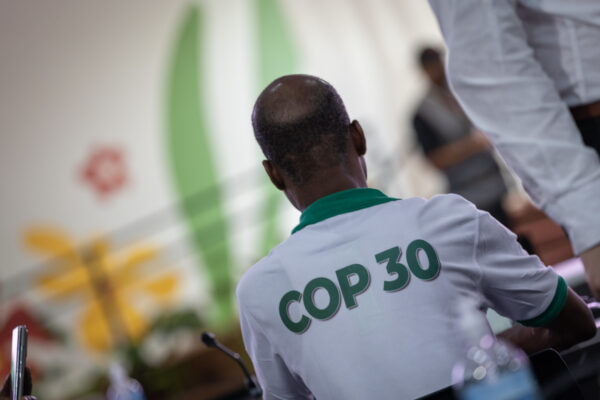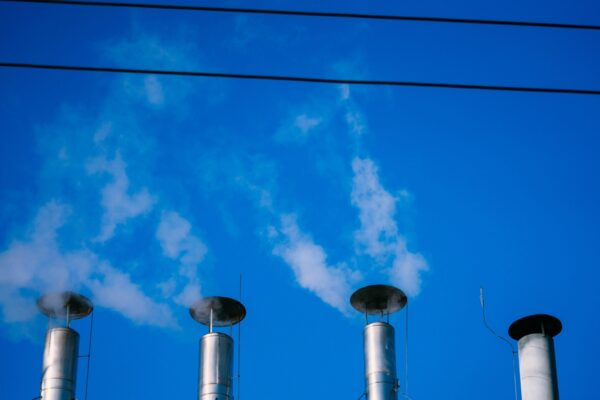A 1.5˚C pathway for the Philippines power sector entirely feasible: analysis
With the right international funding and policies in place, the Philippines could transition its’ power sector to near-100% renewable energy without compromising on the costs of electricity, reducing its reliance on expensive imports of both coal and gas, and creating up to a million jobs by 2050.
Share

It is entirely feasible for the Philippines’ power sector to decarbonise by 2050, ditching both coal and gas and embracing renewables, and deliver beneficial outcomes for the country, according to a new analysis, released today.
The analysis “A 1.5°C future is possible: Getting fossil fuels out of the Philippine power sector” was undertaken by Climate Analytics and commissioned by the Center for Energy, Ecology, and Development (CEED).
To come up with the analysis, Climate Analytics undertook what could be the most detailed 1.5°C scenario modeling of the Philippines power sector to date. The results estimate the renewable energy potential for the country, considering affordability, and including diverse eligibility constraints on land and technical feasibility in terms of grid planning.
“We find that with the right international funding and policies in place, the Philippines could transition its’ power sector to near-100% renewable energy without compromising on the costs of electricity, reducing its reliance on expensive imports of both coal and gas, and creating up to a million jobs by 2050,” said Climate Analytics analyst and project lead for the report, Dr Nandini Das.
Findings of the report contrasts with the latest available updates on the new Philippine Energy Plan set to be published by the Department of Energy (DOE), which purports the need for additional coal and gas capacities, and integration of new technologies like nuclear and carbon capture utilisation and storage.
“As a country that is among the most vulnerable in the world to the climate crisis, the 1.5°C goal is a survival threshold that is simply not optional for the Philippines. This report tells us that there really is no reason for our government or energy players alike to argue that we need massive new capacities of gas and other fossil fuels in advancing our energy transition when climate-aligned pathway of tapping our abundant renewable energy potential are also the ones that make the most economic sense,” said Kenneth Quesada, Data Research Analyst of CEED.
The report is published just days after the 10th year commemoration of the Typhoon Haiyan, one of the strongest typhoons in history which hit the Philippines in 2013, and less than two weeks before annual global climate talks commence at the 28th Conference of Parties of the United Nations Framework Convention on Climate Change (COP 28 - UNFCCC).
“COP 28 is fast approaching, and we cannot allow it to be another missed opportunity in putting in place a global ambition to end the age of fossil fuels. We hope that the Philippine government can listen to science and reflect the findings of this report on the feasibility of a 1.5°C power sector pathway in a country like the Philippines to the global stage - thus calling for ambitious global climate targets, and demanding the delivery of reparation and finance that will hasten our 100% renewable energy transition,” added Avril De Torres, Deputy.
Key findings:
- Coal-fired power could be phased out of the power sector by 2035, and gas almost entirely phased out by 2040.
- An additional 152TWh of renewable generation would be required by 2050 compared with the current policy projection based on the draft Philippine Energy Plan 2023’s clean energy scenarios.
- The Philippines has an abundance of renewable energy potential, estimated at around 1,200 GW. The analysis focused on solar rooftop, open-field solar and onshore, offshore wind energy - excluding areas of high biodiversity and protected areas.
- The Philippines' power sector can attain a 1.5°C compatible emissions pathway without resorting to false solutions like retrofitting the coal fleet for green hydrogen, carbon capture and storage, or building new nuclear power capacity.
- Shifting towards a 1.5°C pathway would reduce electricity costs in the Philippines; planning for infrastructure development with international financing is crucial.
- A 1.5°C emissions pathway will enable the Philippines greater self-sufficiency by reducing dependency on imported energy.
- Phasing out coal and replacing it with renewables in the Philippines will generate significantly more jobs than business-as-usual annually.











